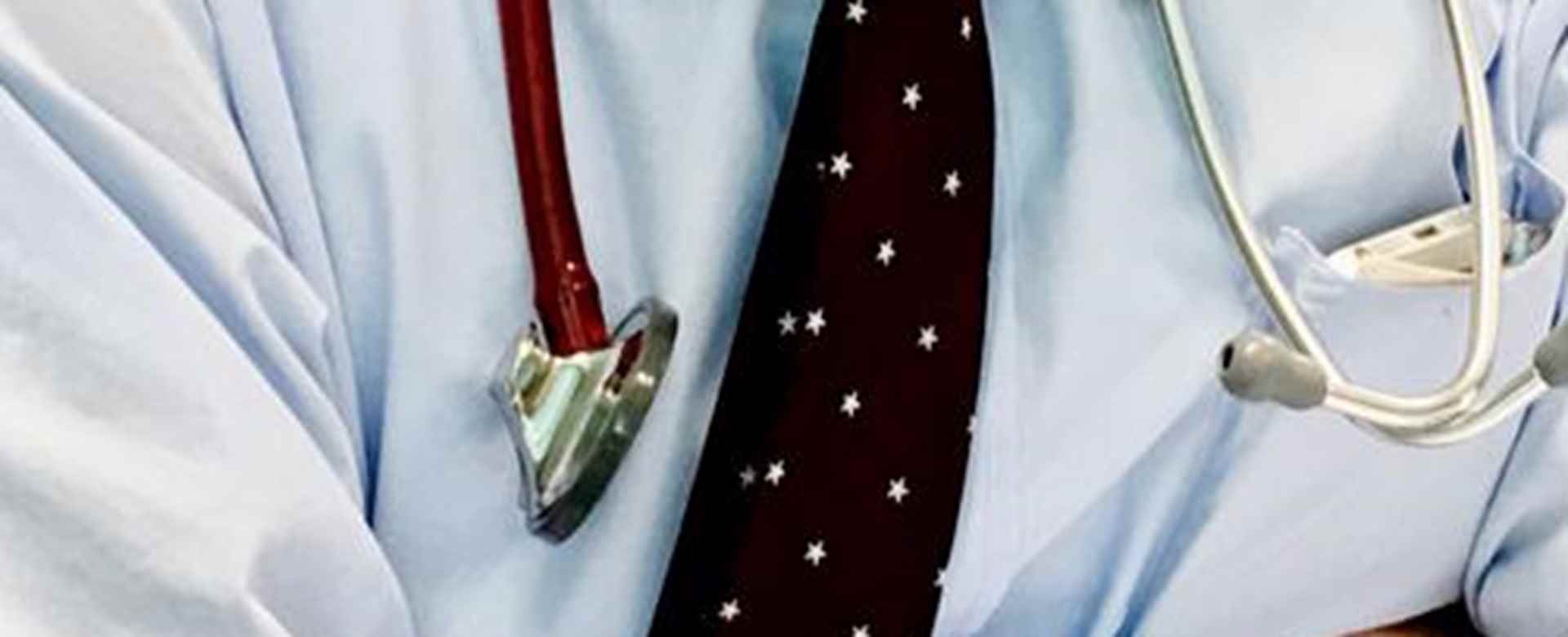In the month after Hurricane Harvey's August 2017 landfall, the Texas Department of State Health Services (DSHS) spent more than $41 million on public health initiatives. More specifically, it evacuated over 3,200 patients, treated 1,800 others in mobile medical units, distributed 70,000 vaccines and treated 6.7 million acres of land to control mosquitos. The scope of the DSHS response was necessary in light of the expansive destruction of Harvey: It caused a record-tying amount of damage for a natural disaster and caused significant disruptions to the local healthcare system.
The unusually active 2017 Atlantic hurricane season, which included Hurricane Irma, Hurricane Harvey and Hurricane Maria provided a major test of the disaster preparedness and public health planning of hospitals, clinics, pharmacies and other medical and governmental organizations around the U.S. Preparing for a wide range of natural and manmade incidents is standard practice in the healthcare sector. However, the effectiveness of individual plans vary, based on how optimized they are for the inevitable resource scarcities that follow disasters and for the likelihood that ongoing climate change could make current problems worse.
Challenges to Disaster Preparedness in Healthcare
Underscoring the need for fine-tuned disaster planning, a 2012 survey of almost 6,000 healthcare workers found that while a supermajority of respondents (79 percent) confirmed knowing the predefined protocols to follow if disaster struck, there was considerable variance in their abilities to actually report to work. Age, child/elder care obligations and the particular actions taken by a provider (setting up floodgates or having hazmat suits in place at a hospital) can all profoundly affect someone's availability in a crisis, and in turn shape the organization's overall response as it attempts to care for the surge of patients admitted.
For example, during Hurricane Harvey, the Texas Children's Hospital and the MD Anderson Cancer Center ensured employee and patient safety with flood protections, like specialized basement doors, that mitigated the effects of the hurricane's record-setting rainfall. Thousands of their nurses, doctors and other staff ultimately had to evacuate their homes or were otherwise unable to reach the waterlogged facilities.
Fortunately, these providers had well-detailed plans in place specifically for hurricanes, based on previously observed challenges in:
- Personnel and patient management: Limitations on worker availability and transportation require precise coordination of shifts, including ensuring the presence of fully staffed teams prior to the storm hitting. Likewise, precautions such as requesting women giving birth imminently to arrive on-site right away may be necessary.
- Medical supply allocation: Hurricanes put pressure on supply chains while increasing demands for the items in question. Accordingly, prioritization of specific treatments is pivotal in conserving supplies of everything from anesthetics to saline solution bags.
- Critical infrastructure uptime: High winds, floods, fires and other disruptions can cause electrical blackouts and render unavailable the IT systems supporting electronic health record storage and transmission. Dedicated disaster recovery solutions leveraging off-site data centers and/or cloud computing services may be needed.
With these constraints in mind, how did the Texas healthcare sector respond to the hurricane in its first hours, and what can providers and payers across the country learn from its response and prior preparation?

Texas proactively initiated personnel management plans in anticipation of Hurricane Harvey.
How Texas Providers and Health Plans Translated Years of Disaster Preparation Into Action
On the provider side, many hospitals pursued shelter-in-place strategies to work around the transportation challenges of crowded roads during Harvey evacuations. They called in staff before the storm and assigned them to work and rest divisions that stayed on-site during all shifts, which lasted for up to 12 hours. Other steps included the establishment of prep teams that worked on-premises prior to the storm and then handed off their responsibilities to ride-out and relief teams, who had already prepared their homes and families for possible evacuation so they could report to work.
The result was easier coordination of care under challenging circumstances. Patients also benefited from preliminary provider measures such as the cancellation of nonessential appointments and elective surgeries to ensure sufficient available personnel and supplies. Meanwhile, in addition to pregnant women, priority was given to dialysis and chemotherapy patients at risk of losing access to critical care during the storm. In some cases, newborns were also preemptively transported to inland sites, so they could be housed in NICUs in less danger of electrical outages that might shut off their ventilators.
Payers were similarly quick to act in Texas and also in Florida, where Hurricane Irma struck not long after Harvey. Some offered early prescription refills, more relaxed preauthorization requirements and extended claims filing deadlines. These actions mirrored those taken during other events such as the frequent tornadoes affecting Oklahoma and Kansas. Timely access to health plan services is essential in the short- and long-term aftermaths of disasters due to the many accompanying public health risks, including the spread of infectious diseases like tetanus, increased mosquito populations and hazardous chemical leaks.
Taken together, the responses of the healthcare industry across multiple disaster regions demonstrates the necessity of, when possible, holistically accounting for public health-related, logistical, medical and financial concerns before a natural or manmade disaster unfolds. Not every disaster can be prepared for in the same way as a hurricane, but every situation will require some combination of efforts across all of these domains. Independent review organizations (IROs) such as Advanced Medical Reviews can help by providing the service and expertise that are crucial before, during and after major events, yet often in short supply internally. IROs are reliable resources when you need them most, ensuring high-quality care is as widely available as possible.
Sign up for Updates:
Privacy Details
By submitting this form, you are consenting to receive marketing emails from: Advanced Medical Reviews, LLC. You can revoke your consent to receive emails at any time by using the Unsubscribe link, found at the bottom of every email.
